
Access Ratings for Buildings Project (ARB)
The Access Ratings for Buildings Project is developing an accessible mobile data collection and reporting system for building accessibility information made up of two major components:
AccessTools — a comprehensive evaluation tool for trained raters to objectively assess the accessibility of public buildings, and AccessPlace — a web-based desktop and mobile app that allows consumers to rate and comment on their accessibility experience of public places, and view building accessibility reports that are personalized to their needs.
Together, these resources enable people to examine destination accessibility before embarking to avoid, or plan for, barriers that would otherwise prevent them from participating within the community.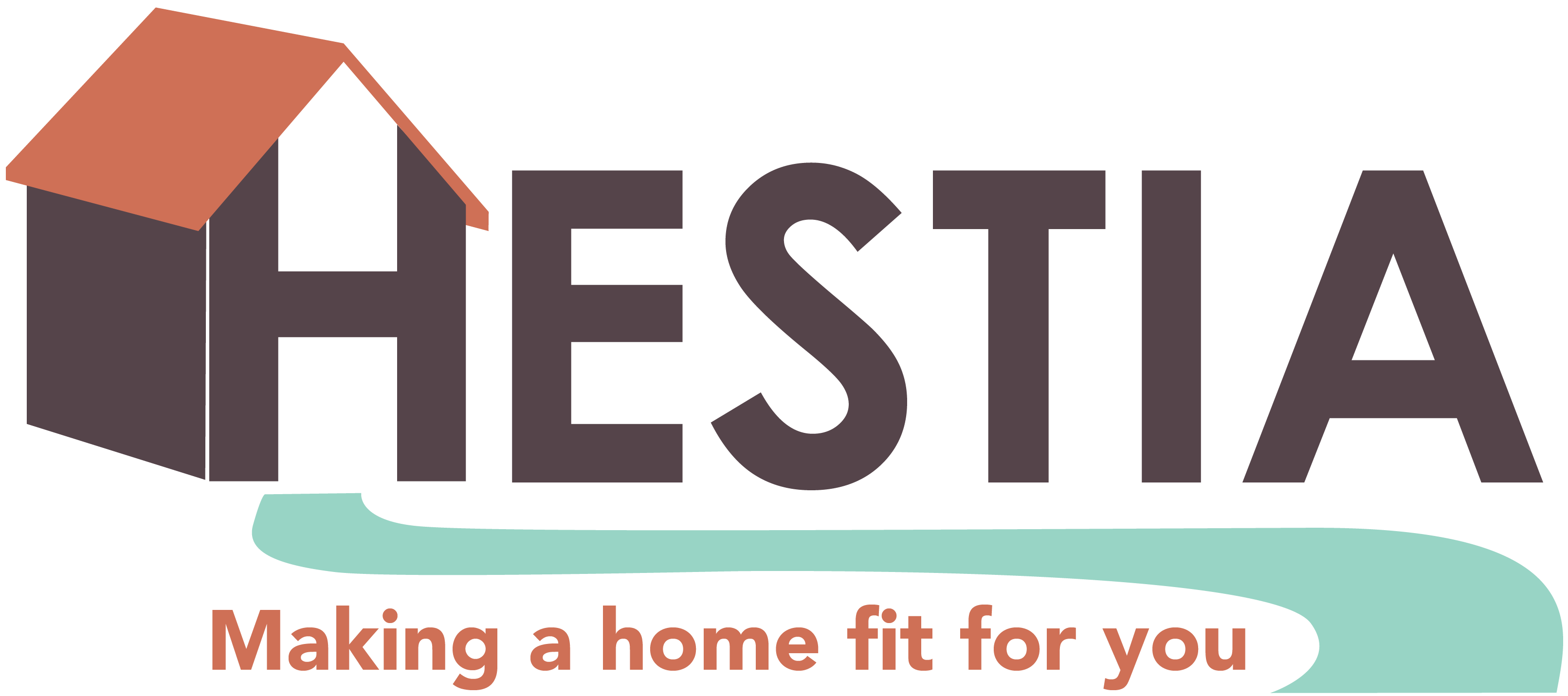
HESTIA: Home Evaluation System With a Triangulating Intervention Approach
The HESTIA project is creating a technology-based assessment and documentation tool for home evaluations of individuals with disabilities and older adults aging in place. The HESTIA home assessment system implements the Person Environment Occupation model (PEO) to assess all aspects of a persons’ life within their home. HESTIA leverages handheld computing devices to allow home evaluators a seamless interface between data entry formats, including intelligent measurement tools. HESTIA will allow practitioners to optimize treatment plans for patients to continue to live independently in their homes.

MyPath
The MyPath app is a mobile application that community collected data to classify and describe the accessibility of various outdoor routes in the community.
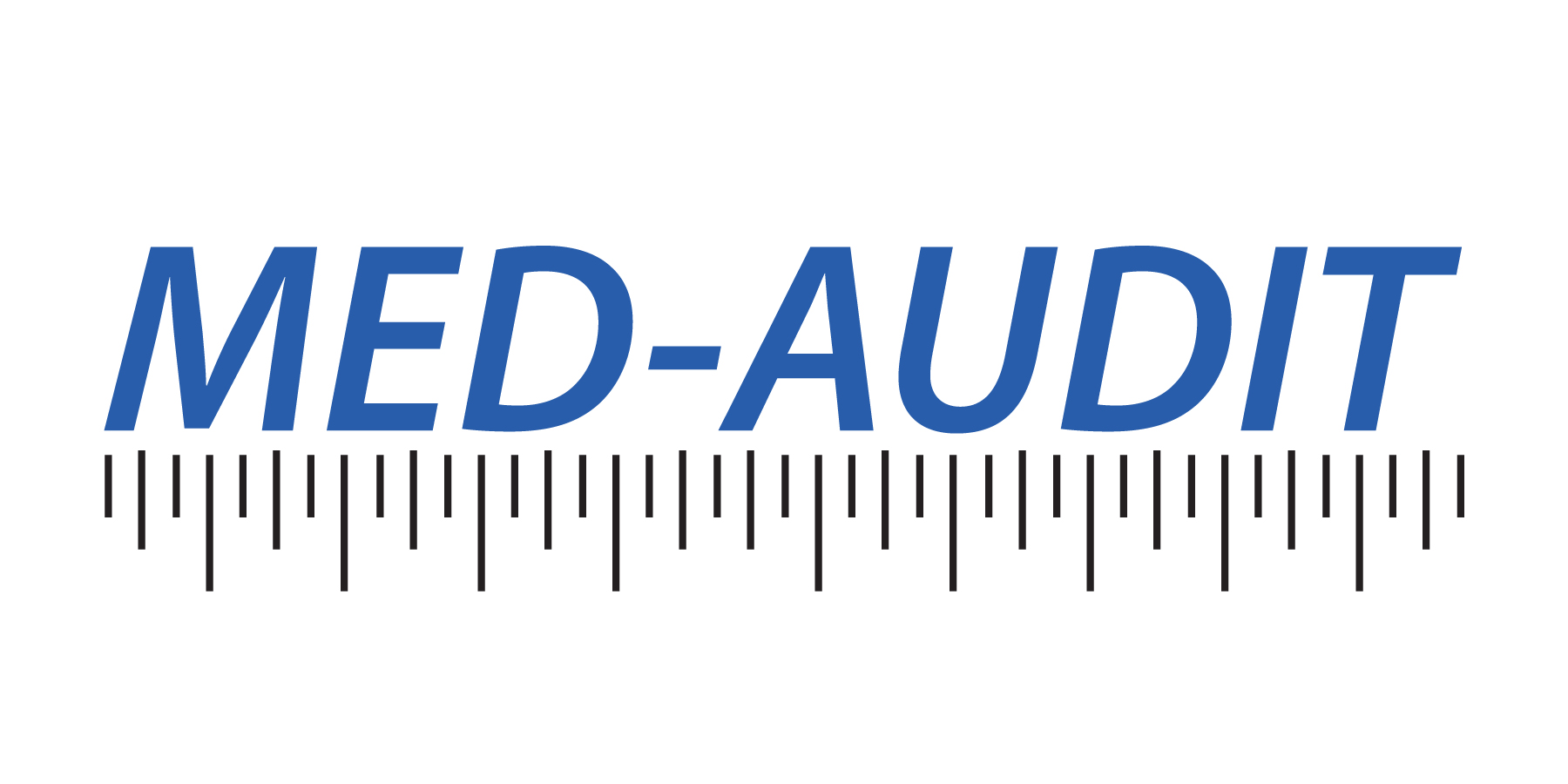
MED-AUDIT
The MED-AUDIT project developed and tested the MED-AUDIT accessibility measurement tool. This project was originally funded through the Rehabilitation Engineering Research Center (RERC) on Accessible Medical Instrumentation R3 Research Project (2002 – 2008). The purpose of this project was to develop a scientific method to measure the accessibility of medical instrumentation using web-based data collection systems. The project is currently engaging stakeholders including medical device designers, manufacturers, suppliers, people with disabilities and older adults to determine the feasibility and usability of the information obtained from the MED-AUDIT.
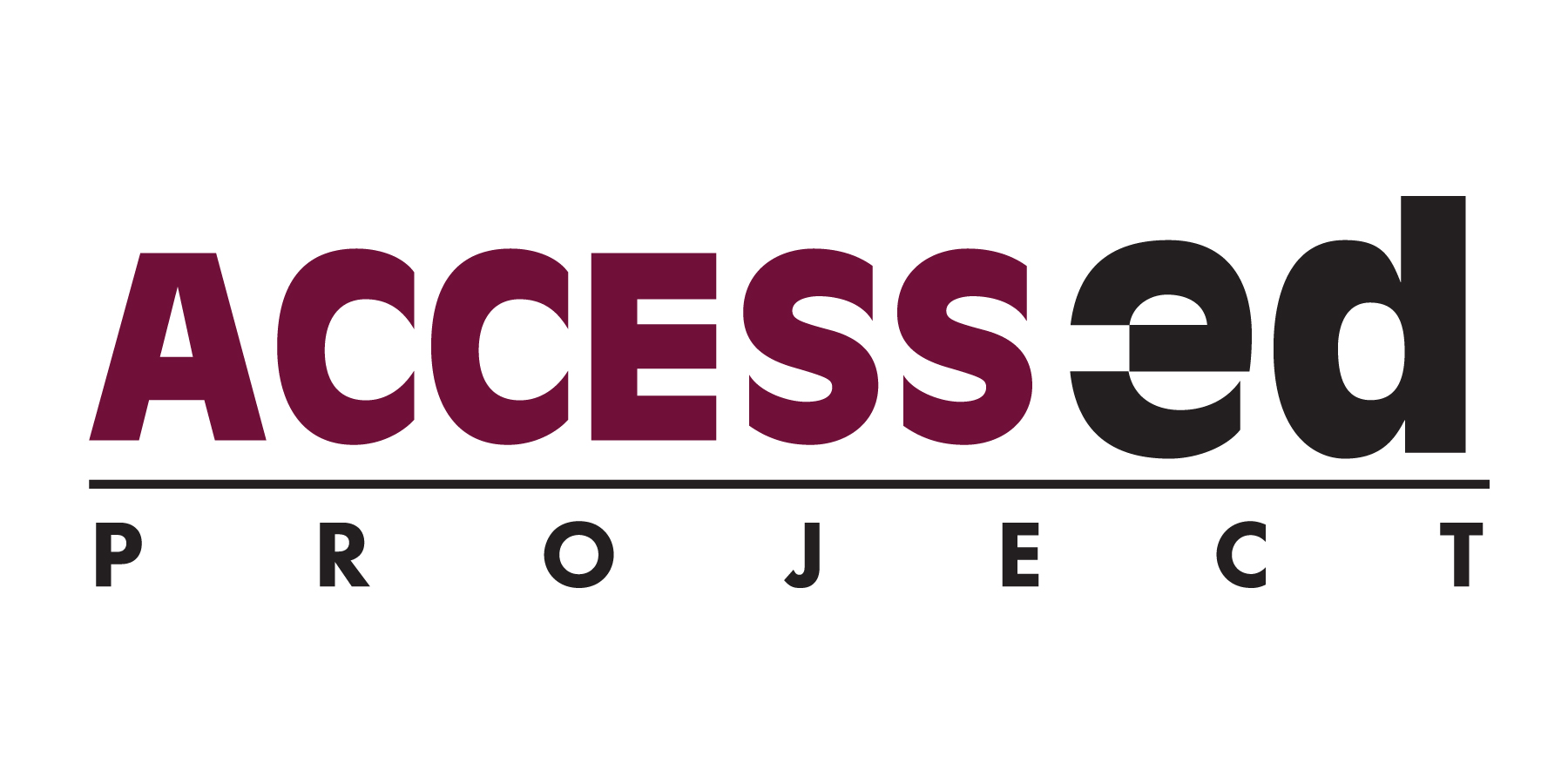
ACCESS-ed Project
The ACCESS-ed website gives higher education communities quick and intuitive solutions for many difficulties that campuses face when creating an inclusive campus. The ACCESS-ed website provides viewers with products and resources for universal design for higher education communities.

ACCESS-Mainstreet
The ACCESS Main Street website provides universal design resources that promote accessibility and inclusion within all different communities. This site provides a variety of tools, products and examples for universal design of communities and inclusion for people of all abilities.
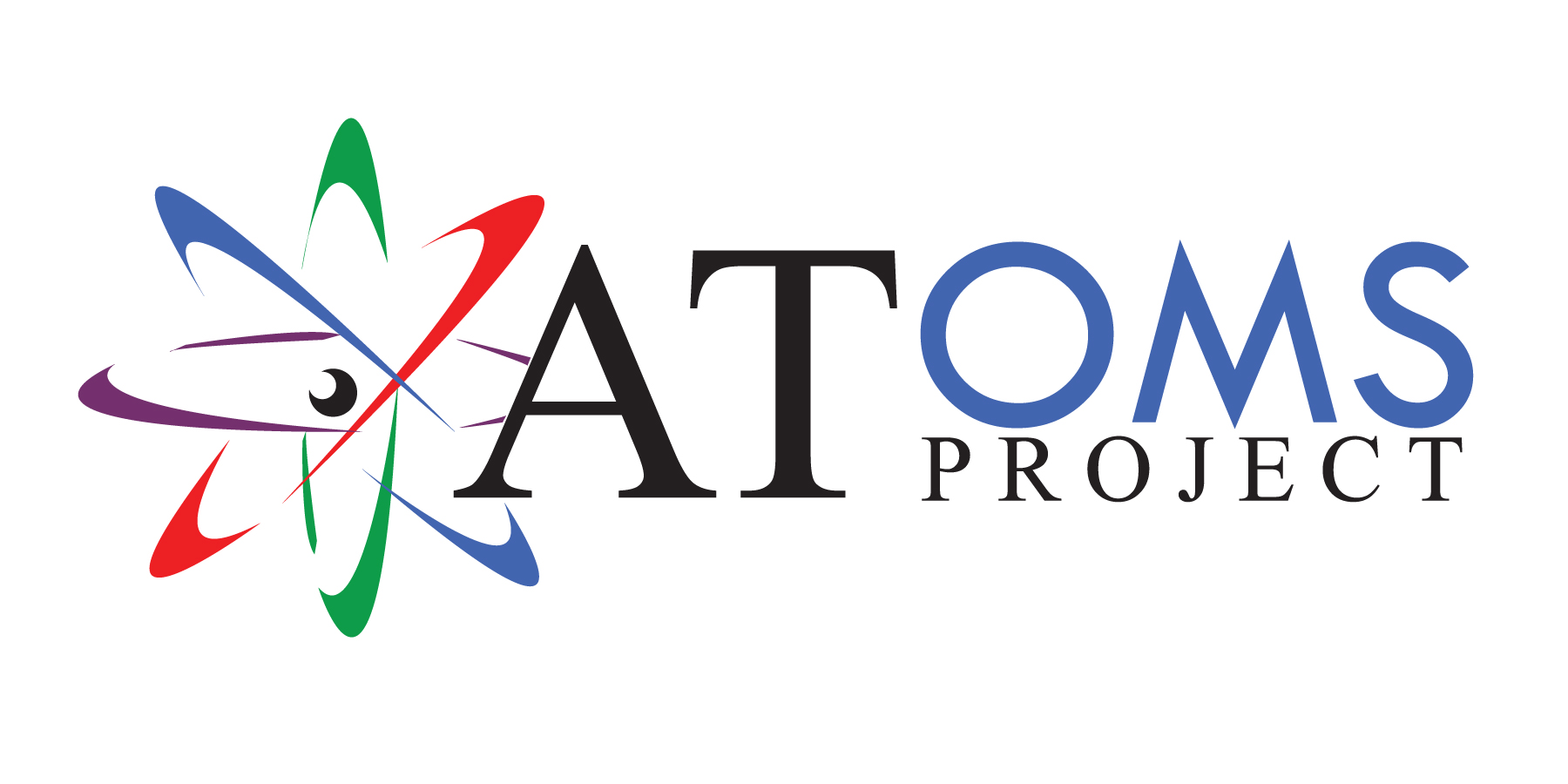
ATOMS Project
The Assistive Technology Outcomes Measurement System (ATOMS) Project is a five year assistive technology outcomes and impacts project funded in part by the National Institute on Disability and Rehabilitation Research (NIDRR) of the U.S. Department of Education. The ATOMS Project resides in the Disability and Rehabilitation Research Projects (DRRP) program. UW-Milwaukee hosts the ATOMS Project, collaborating with a strong national set of partners, representing various areas of assistive technology service and outcomes measurement.
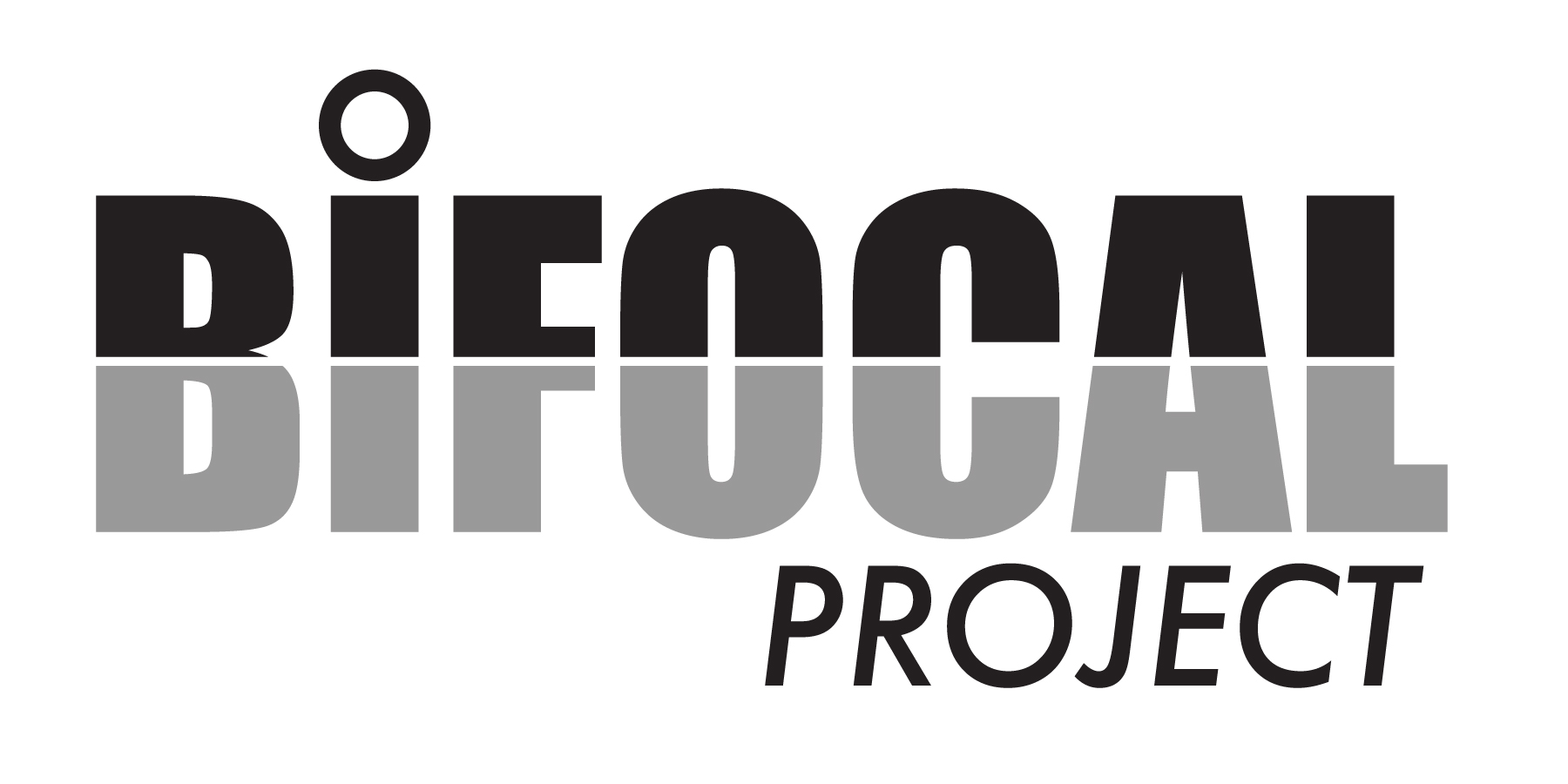
BIFOCAL Project
The BIFOCAL Project studies the effects of bifocal usage on falling. The project will gather functional, vision and fMRI (functional magnetic resonance imaging) data to better understand how bifocal eyewear contributes to falls and the process by which the brain adapts to visual information as received through multifocal lenses. Collaborators include St. Marys Hospital in Madison, Wisconsin and Prism Clinical Imaging/the Medical College of Wisconsin who partner with the R2D2 Center in data collection and analyses. The National Institute on Disability, Independent Living and Rehabilitation Research (NIDILRR) funds the three-year project.

xFACT
This website hosts information and resources related to the xFACT software platform, its original incarnation as OTFACT, and assessment applications that were developed to be usable in the xFACT platform.
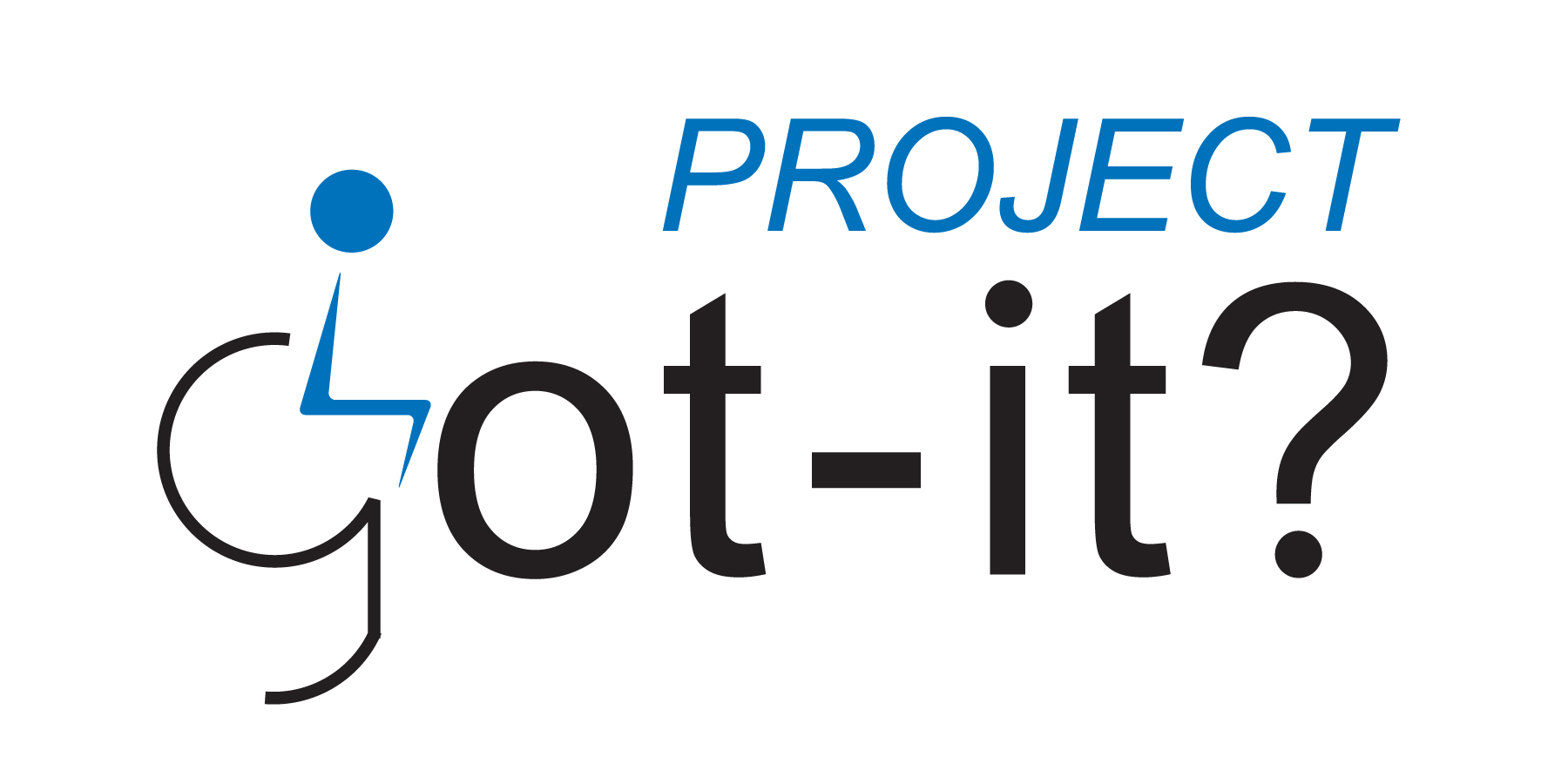
Got-it? Project
The Got-it? Project is designed to develop and test a prototype web-based data collection and reporting system that will gather and provide consumer feedback on different assistive technology products. Information related to product performance of different types of bathroom safety assistive technologies is the focus of this accessible prototype. This one-year project is funded by the University of Wisconsin at Milwaukee’s Research Growth Initiative (RGI). The R2D2 Center hosts the project.

Design & Disability Instruction
The R2D2 Center is currently collaborating with the Occupational Science and Technology program at UW-Milwaukee in identifying and emphasizing the need for professionals in a variety of fields to understand the issues and methodologies for environment, information and product design in consideration for people with disabilities. For example, our Design and Disability course have been held as a combined undergraduate and graduate interdisciplinary course as well as an option for students to complete as an independent study. See the related ATAD Certificate Program.
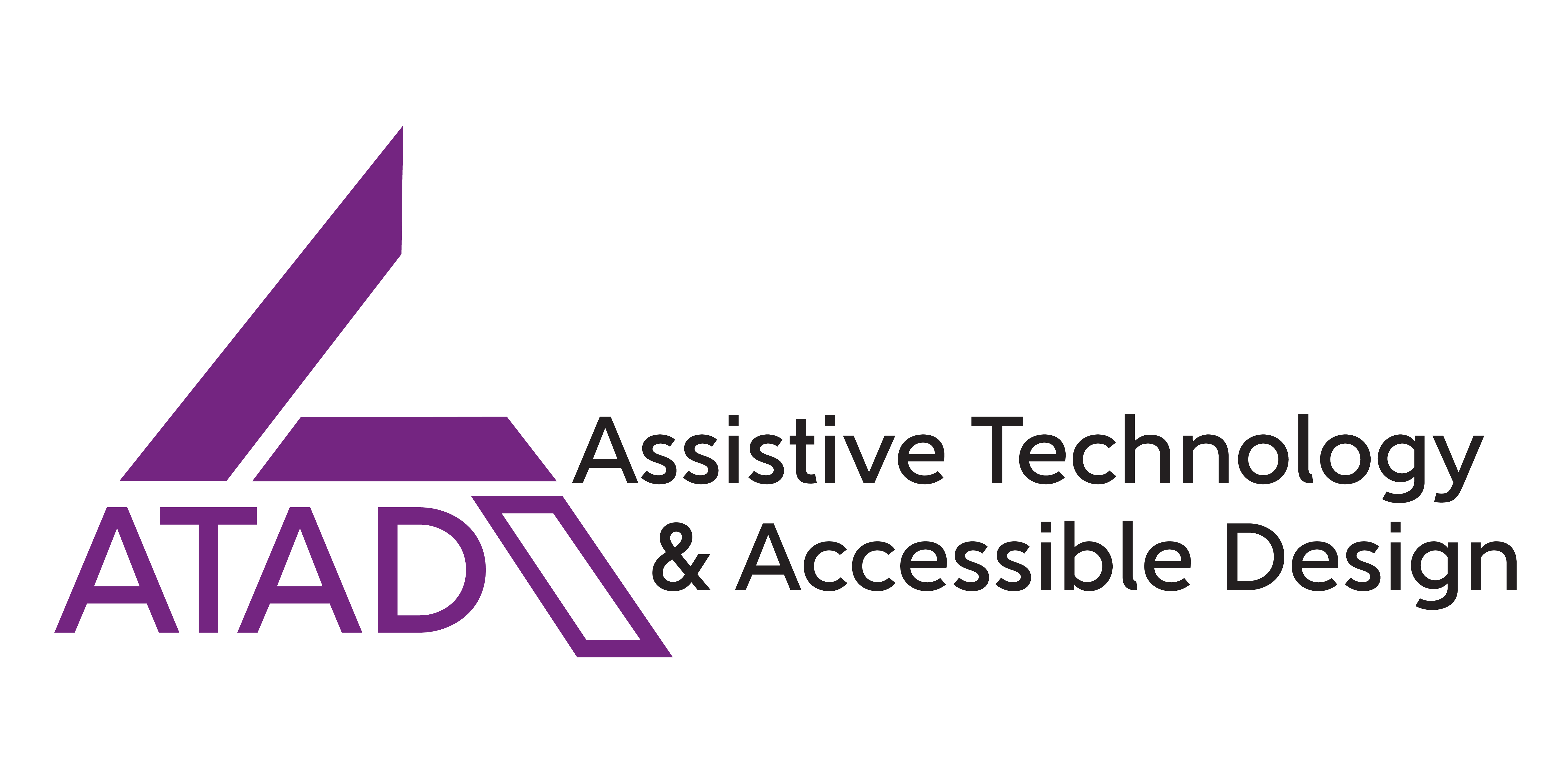
ATAD Certificate
The Assistive Technology and Accessible Design Certificate is an interdisciplinary program similar to a transcript designated minor. The ATAD Program is one of 3 inaugural programs accredited by CoA-RATE/CAAHEP affiliated with the Rehabilitation Engineering and Assistive Technology Society fo North America (RESNA). Students have been supported in the program by federal grants virtually contiguously for the past two and a half decades.

ITIP2
The Interdisciplinary Technology Instruction Program for Individualized Technology Implementation Planning (ITIP2) is a training program that runs with the ATAD Certificate that focuses on training students headed toward careers working with children K-12 who are receiving special education and related services.
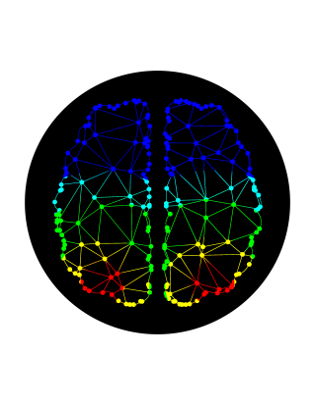
BCI CVSA
The Classification of Absolutely Volitional Covert Visuospatial Attention (AV-CVSA) Direction Through EEG Signals: A Pilot Study
BCI FES
The Brain-Computer Interface (BCI) is used as Control Module for Functional Electrical Stimulation (FES) Intervention in Post-Stroke Upper Extremity Rehabilitation

Fred Sammons Archives
The Fred Sammons Archive Project arranges the Sammons’ archives into a searchable database for public use. There are many accessible references for students, educators and researchers.
Past Projects
Home Assessment Related Projects:
- Community Design Solutions (CDS)
- The Milwaukee Idea Home
- Housing Plus 2
- SHARP (The Senior Home Assessment and Repair Program)
Assessment and Measurement Related Projects:
- OT FACT
- Project OATS – SFA-AT (Wisconsin CESA #1 Collaboration)
- SPP/I3
- Project IMPACT/Individual Accommodations Model
Resource Projects: